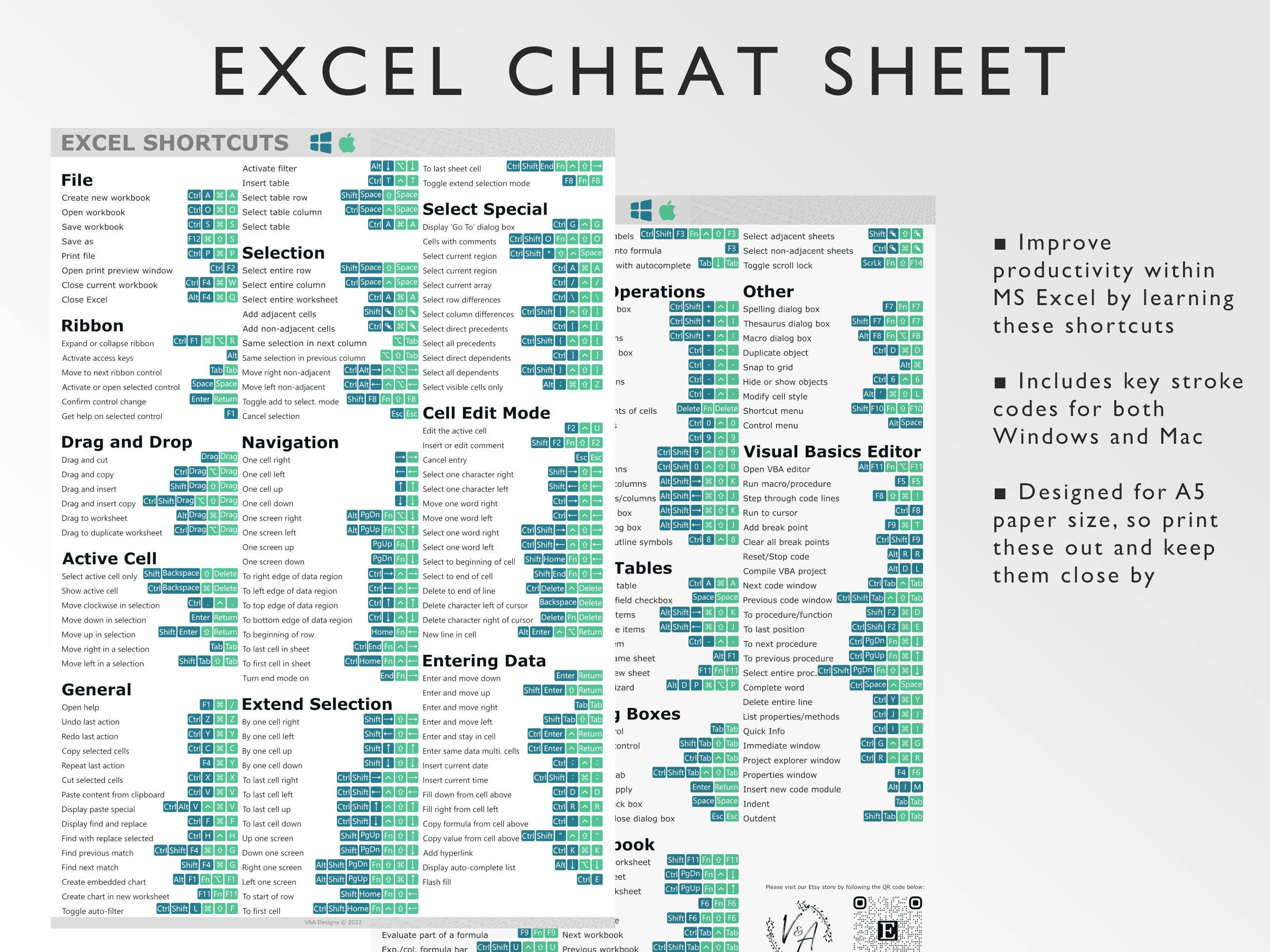Accessing Excel Sheets: A Beginner's Guide

When working with data, Microsoft Excel stands out as a powerful tool for both simple and complex tasks. For beginners, accessing Excel sheets efficiently is a critical skill that can significantly boost productivity. Whether you're analyzing data, tracking expenses, or managing records, understanding how to navigate, open, and manipulate Excel sheets can make all the difference. In this guide, we'll walk you through the steps to access Excel sheets, introduce useful tips, and address common issues, all while keeping SEO in mind for a comprehensive learning experience.
Understanding Excel Workbooks and Sheets

Before diving into accessing Excel sheets, it’s essential to grasp the terminology:
- Workbook: This is the entire Excel file that you work with, which contains one or more sheets.
- Sheet (or Worksheet): These are the individual tabs within the workbook where data is organized into rows and columns.

Opening Excel Files

Here are the steps to open an Excel file:
- Launch Microsoft Excel:
- On Windows, find Excel in your Start Menu or search for it.
- On macOS, locate Excel within the Applications folder or through Spotlight Search.
- Opening an Existing File:
- Navigate to “File” > “Open” or click the “Open” button on the main interface.
- Use Ctrl+O on Windows or ⌘+O on Mac for a quicker approach.
- From here, you can browse through your file system to find the Excel workbook.
Accessing Sheets Within the Workbook

Once your Excel workbook is open, accessing individual sheets is straightforward:
- Click on the tab names at the bottom of the Excel window to switch between sheets.
- Right-click on a sheet tab to rename, insert, delete, or move sheets.
- Use the Ctrl+PgUp or Ctrl+PgDn keys to move between sheets quickly on Windows, or fn+Control+Up Arrow or fn+Control+Down Arrow on Mac.
💡 Note: If you have many sheets, consider grouping or color-coding them for easier navigation.
Common Keyboard Shortcuts for Excel Sheet Access

Speed up your Excel experience with these shortcuts:
| Action | Windows Shortcut | Mac Shortcut |
|---|---|---|
| Move to the next sheet | Control+PgDn | fn+Control+Down Arrow |
| Move to the previous sheet | Control+PgUp | fn+Control+Up Arrow |
| Create a new sheet | Alt+Shift+F1 | Option+Shift+F1 |
| Rename the active sheet | Alt+Shift+N | Command+Shift+N |

Tips for Efficient Sheet Navigation

- Scrolling Between Sheets: Click and hold on a sheet tab, then drag left or right to scroll through all sheets in the workbook.
- Quick Access Toolbar: Customize your toolbar to include frequently used commands for sheet navigation and manipulation.
- Sheet Navigation through Search: Use the Search box in newer versions of Excel to find specific sheets by their names.
💡 Note: Customizing the Quick Access Toolbar can save time by providing one-click access to your most-used functions.
Common Issues and Troubleshooting

Here are some typical problems you might encounter while accessing Excel sheets:
- File Not Opening: Ensure you have the latest version of Excel installed or check file permissions.
- Corrupted Workbook: Try to open the workbook in Safe Mode or recover data from a backup.
- Password-Protected Sheets: You’ll need the password to unlock sheets. If forgotten, Excel does not offer native options to recover passwords.
- Sheet Navigation Performance: For workbooks with many sheets, performance might lag. Consider splitting large workbooks or using Excel’s performance optimization features.
Wrapping Up

In this comprehensive guide, we’ve covered the essentials of accessing Excel sheets, from understanding workbooks and sheets to navigating efficiently and troubleshooting common issues. By mastering these skills, you’ll be well on your way to becoming proficient in Excel, enhancing your ability to manage data effectively. Remember, while these steps and tips provide a strong foundation, Excel is a vast platform with many nuances, so continuous learning and exploration are key to fully harnessing its power.
Can I open an Excel file without Excel installed?

+
Yes, there are alternatives. Google Sheets can open Excel files, and Microsoft provides free online versions of Excel where you can work on files without the full program installed.
How do I find a sheet in an Excel workbook with many tabs?

+
Use the ‘Find’ feature (Ctrl+F) to search within Excel for sheet names, or use the ‘Name Box’ to the left of the formula bar to quickly select a cell in the sheet you’re looking for.
What if my Excel file is locked for editing?

+
Someone might have the file open. You can either wait for them to close it, or if you’re an admin, close Excel on their computer remotely or check out the file for editing through OneDrive or SharePoint.



